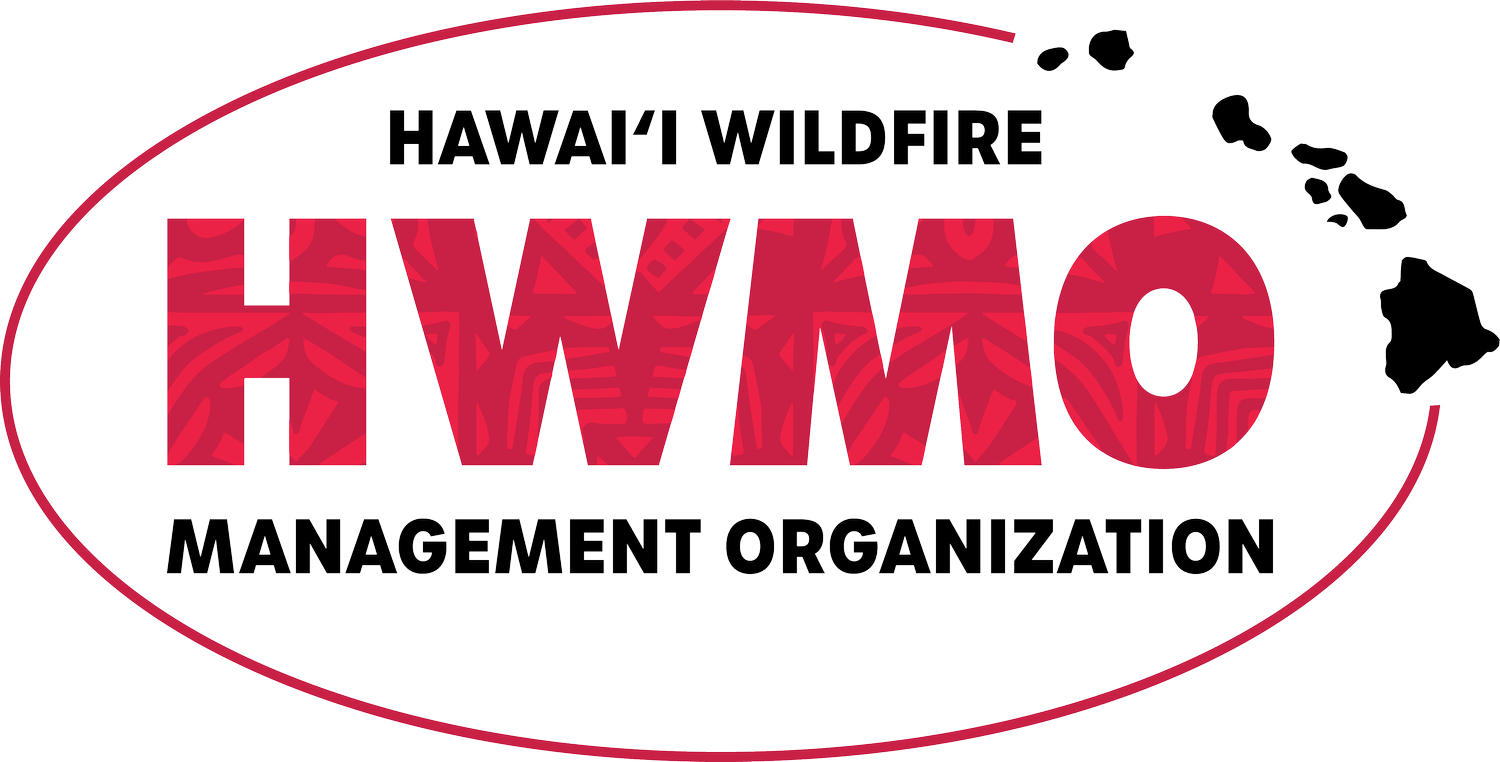Even though Australia is miles away from Hawaii, there are many commonalities with how wildfires (or bushfires, as they call it) behave on the continent versus Hawaii. Here’s a great article that explains how bushfires work — see if you can draw the parallels with Hawaii. The main difference? Wildfire is part of a natural cycle in Australian ecosystems, unlike in Hawaii where it is an introduced cycle.
From the Source:
“Peak fire conditions occur when there's a period of significant rainfall that causes plants to grow, followed by a hot spell that dries out this fuel. This means the bushfire seasons vary around Australia.”
“Bushfires typically move in a front — a thin line of burning grass or forest that inches forward as new material catches alight.
Radiant heat from the fire front warms the air ahead, drying out fuel, and causing volatile gases inside wood to escape – thus priming new fuel for the approaching fire.”
“Strong winds can sometimes blow burning embers ahead of the fire front, setting alight new patches of fuel in a process known as "spotting".
These patches of fire can then quickly grow and join up, forming one giant blaze, hundreds of metres or even kilometres wide. Such an event, known as "deep flaming", is more difficult for firefighters to control.
The heat and smoke given off from deep flaming can even create "pyrocumulonimbus" clouds that form over a bushfire.”
“'Different species have different life cycles, and some of their aspects of reproduction and regeneration may be linked to fire,' Professor Bradstock said.
An example of such a plant is the acacia, which requires the heat of a bushfire to crack its seed pods so it can germinate.”












